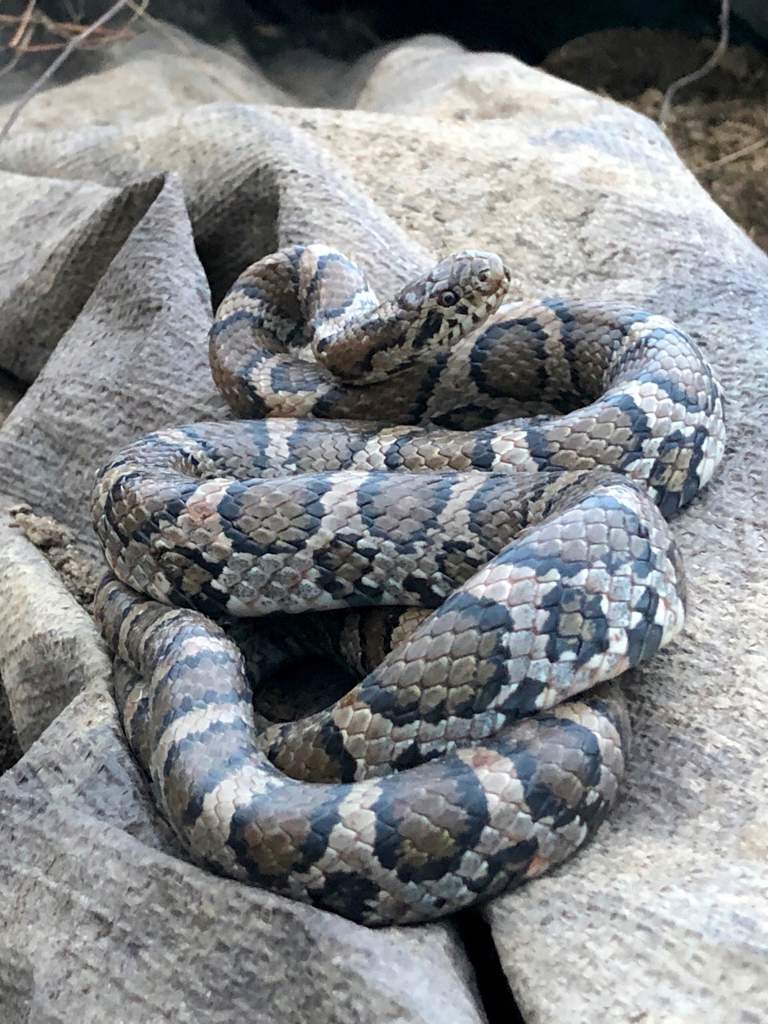
The Pueblan milk snake is found in southern Puebla, eastern Morelos and northern Oaxaca, Mexico. Non-morph Pueblan milk snakes always have pure white coloration on their light bands, save for some black speckling. Also, the red in campbelli tends to be especially vibrant and bright compared to other subspecies. They can be distinguished from other subspecies due to wide white bands, and frequent black tipping over the red bands.

The Pueblan milk snake has a resemblance to the coral snake and this similarity in colour, known as Batesian mimicry, helps protect the snake from potential predators. Adult Pueblan milk snakes reach lengths of 36 to 48 inches. The Pueblan milk snake has a tri-color pattern of red, black, and white bands. Its subspecific name, campbelli, is a Latinization of the last name of American herpetologist Jonathan A. Its specific name ( triangulum) is Latin for "triangle" and refers to the three colours found on the scales of the species (red, black, and yellow). The generic name ( Lampropeltis) is derived from the Ancient Greek lamprós (λαμπρος) meaning "bright" and peltas (πελτας) meaning "shield", after the sheen of their scales.


When handled, it can discharge a pungent-smelling exudate from its cloaca as a presumed defense mechanism. It is commonly bred in captivity and is found in several color variations. Lampropeltis triangulum campbelli, commonly known as the Pueblan milk snake or Campbell's milk snake, is an egg-laying subspecies of non-venomous colubrid snake.


 0 kommentar(er)
0 kommentar(er)
